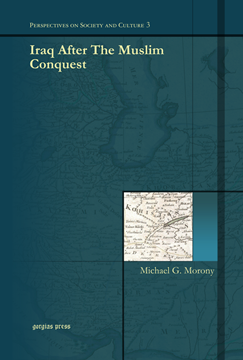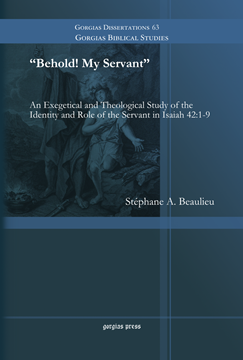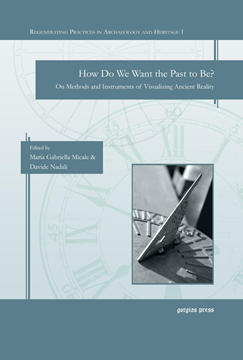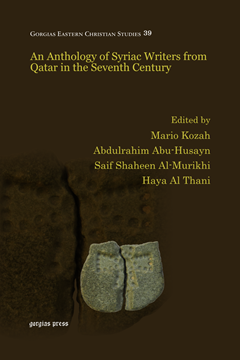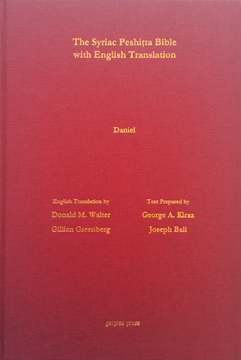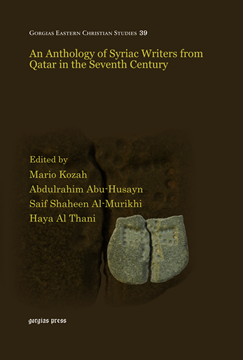Iraq After The Muslim Conquest
Series: Perspectives on Society and Culture 3
ISBN: 978-1-59333-315-7
Morony compares conditions in late Sasanian and early Islamic Iraq in the seventh century AD and depicts both the emergence of a local form of Islamic society, and the interaction of Muslim conquerors from Arabia with the native population.
$261.00 (USD) $156.60 (USD)
"Behold! My Servant"
An Exegetical and Theological Study of the Identity and Role of the Servant in Isaiah 42:1-9
Series: Gorgias Biblical Studies 63
ISBN: 978-1-4632-0559-1
Scholars have long debated the identity of the servant in the first servant poem of Isaiah. This present volume provides a fresh reinvestigation of the identity of the servant in Isaiah 42:1-9 and its role among the other servant poems, also examining other relevant “servant” passages in Isaiah—particularly in Second Isaiah. The result reveals a thorough linguistic, intratextual, and thematic framework for interpreting the identity and role of this servant.
$208.00 (USD) $124.80 (USD)
How Do We Want the Past to Be?
On Methods and Instruments of Visualizing Ancient Reality
Edited by Maria Gabriella Micale & Davide Nadali
ISBN: 978-1-4632-0544-7
How Do We Want the Past to Be? The question is not purely rhetoric: rather, it points out the importance of how archaeologists deal with the interpretation and visualization of the past that they excavate and study. The essays in this book offer a contribution to the current debate on archaeology and the contemporary methodological approaches to the study of ancient Near Eastern architecture.
$127.00 (USD) $76.20 (USD)
An Anthology of Syriac Writers from Qatar in the Seventh Century
Series: Gorgias Eastern Christian Studies 39
ISBN: 978-1-4632-0545-4
The Syriac writers of Qatar have not received the scholarly attention that they deserve in the last half century. This anthology seeks to redress such an underdevelopment by providing new material in English translation with accompanying Syriac and Garshuni editions to encourage further research in the sub-field of Beth Qatraye studies. It includes the work of some of the most prominent scholars in this field.
$25.00 (USD)
Daniel According to the Syriac Peshitta Version with English Translation
Translated by Donald M. Walter & Gillian Greenberg; Text Prepared by George Anton Kiraz & Joseph Bali
Series: Surath Kthob 25
ISBN: 978-1-4632-0546-1
This volume is part of a series of English translations of the Syriac Peshitta along with the Syriac text carried out by an international team of scholars.
$150.00 (USD) $90.00 (USD)
An Anthology of Syriac Writers from Qatar in the Seventh Century
Series: Gorgias Eastern Christian Studies 39
ISBN: 978-1-4632-0547-8
The Syriac writers of Qatar have not received the scholarly attention that they deserve in the last half century. This anthology seeks to redress such an underdevelopment by providing new material in English translation with accompanying Syriac and Garshuni editions to encourage further research in the sub-field of Beth Qatraye studies. It includes the work of some of the most prominent scholars in this field.
$110.00 (USD) $66.00 (USD)
